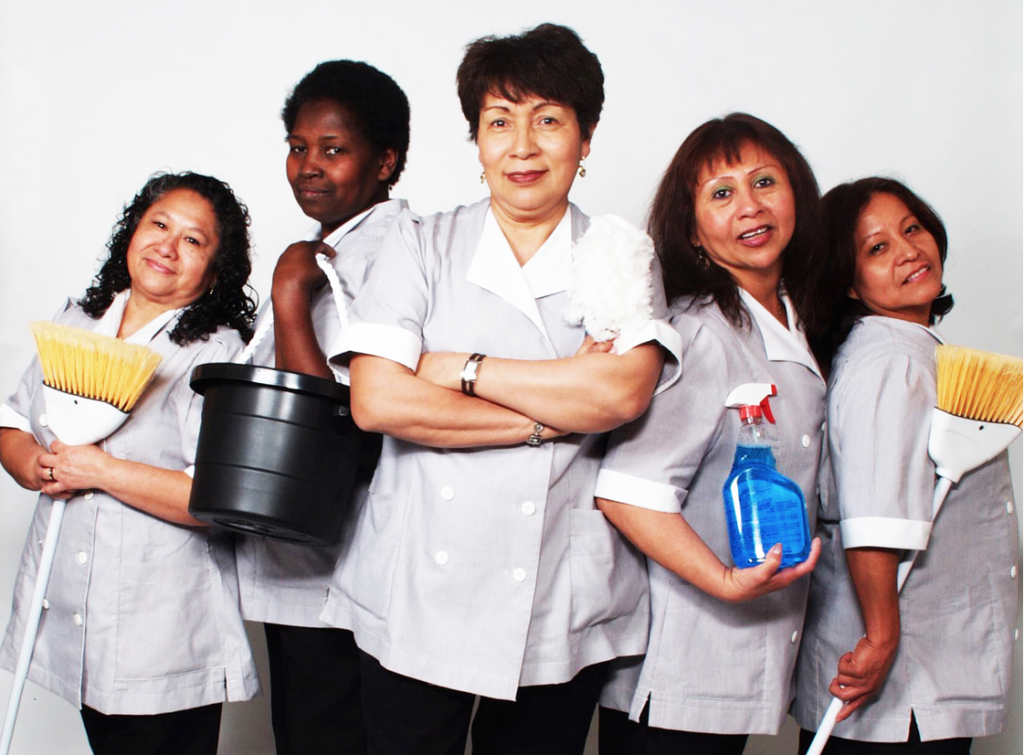Edward James Olmos. That's usually the first name that most people think of when considering all of the major Latino actors in the film industry. Even though there have always been a number of Latinos on the big screen (Anthony Quinn for example) the roles and representation of Latinos and their history isn't always present.
That's why I was glad to see the trailer for the new Cesar Chavez biopic, directed by the Mexican actor Diego Luna. We'll see how the movie is when it comes out next year, but for now I think we can focus on the fact that this Latino film is happening. Of course there are a number of great films from across Latin America, from Memories of Underdevelopment to City of God and Amorres Perros. However, there are very few films, I think, that depict Latinos — the ones living in United States. "Chavez" not only depicts a group of Latinos, but it depicts a history that doesn't always get covered in mainstream America. Whether the film is actually any good is another thing, but here's what Luna said about the film in an interview:
“Well what happens is that, well, they are Americans but it’s a very complicated relation[ship]. It’s such a long, long, long frontier between the Third World and the First World, and that separates them with their story, with so many things I believe are necessary to become someone, to know where you come from...For a long time people in the States were saying ‘you’re telling a story about Mexicans’ and I said ‘no, no, no this is a story about Americans in fact’ and that we Mexicans have a lot to learn from. It talks about this double moral issue that you find a lot in the States, where there are all these people feeding the country, building the country but at the same time [it] is a country that doesn’t want to recognize that, but doesn’t want to get rid of them either, that just wants to keep them in the shadows. And that’s probably why there’s not a film about Cesar Chavez today.”
I like that he said it is a story about Americans because it speaks to the location of many Latinos — "America", or the U.S. I hope this film gets people thinking about the future of Latinos and their value to the American society that is to this day trying to push them out.







